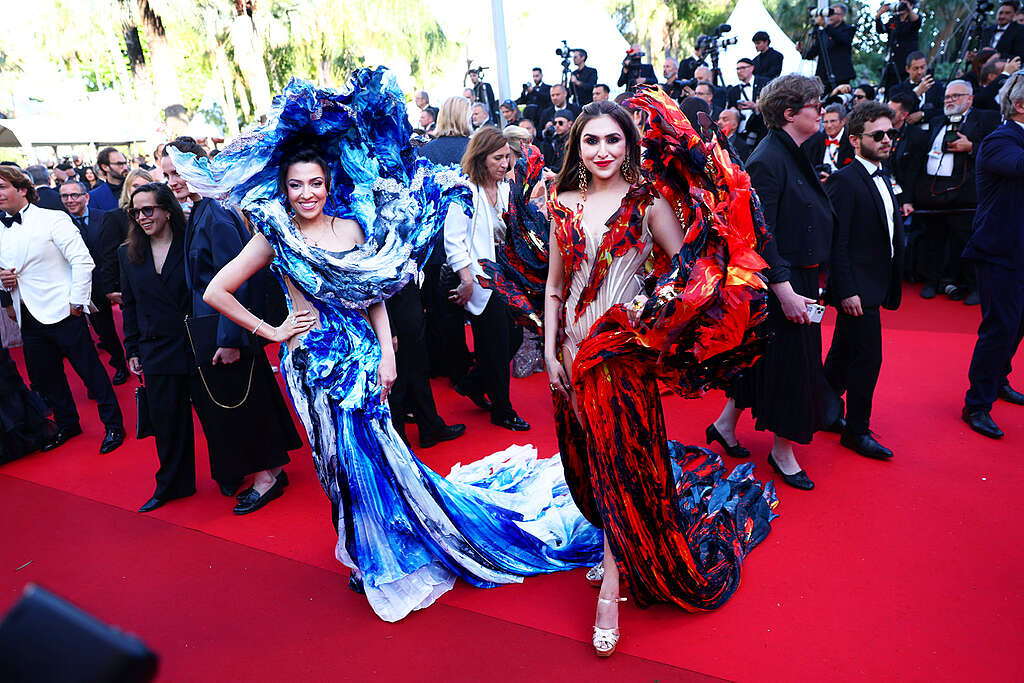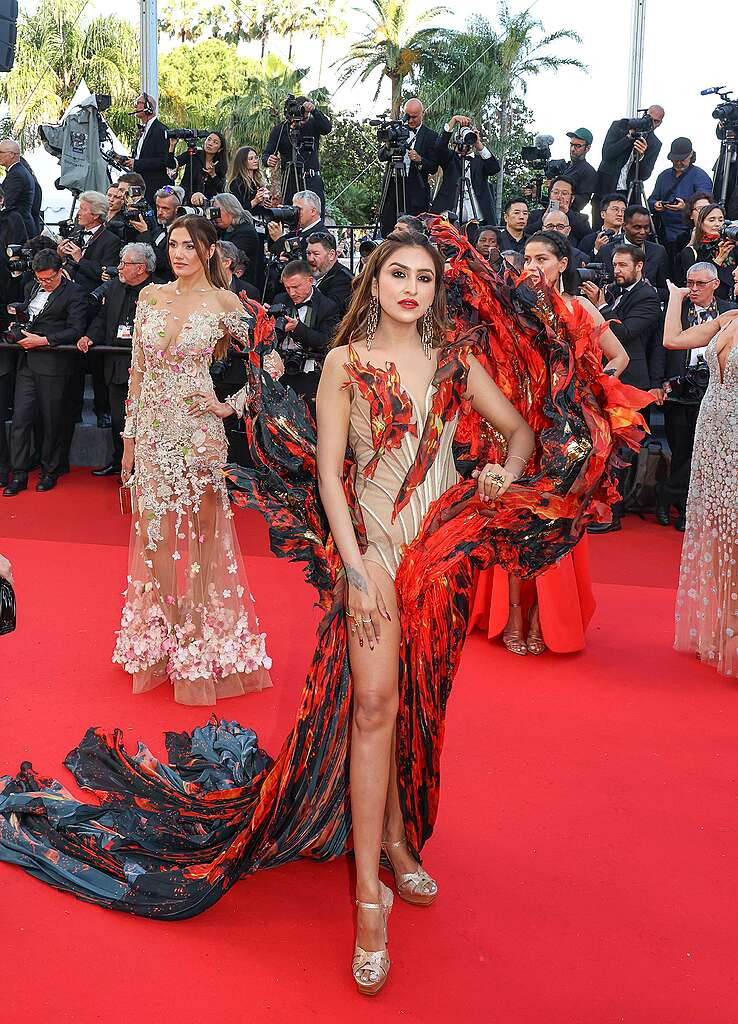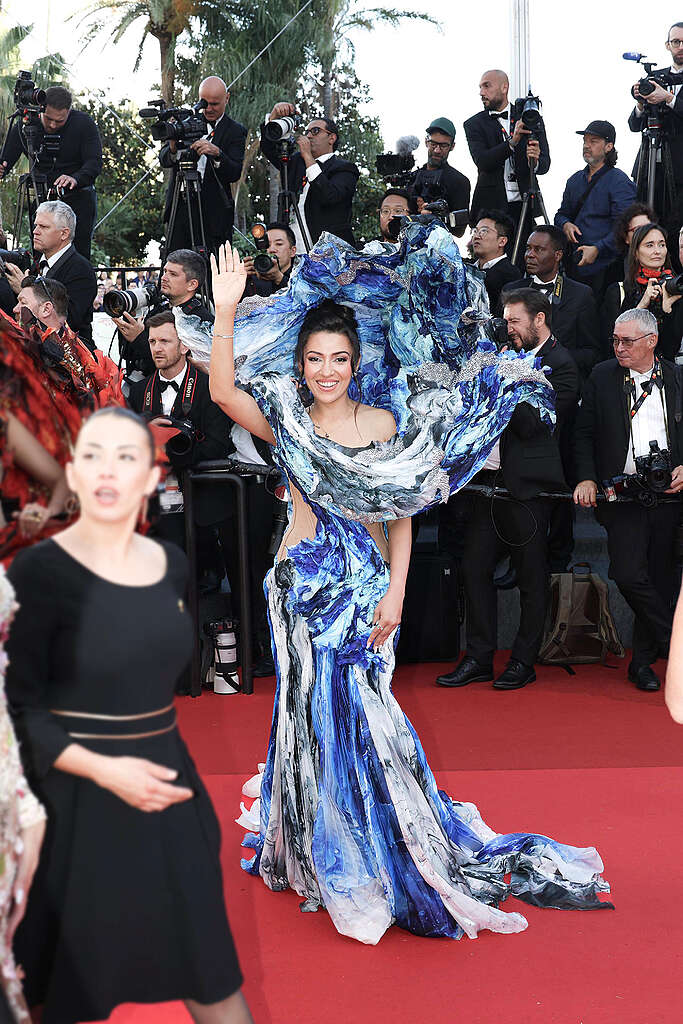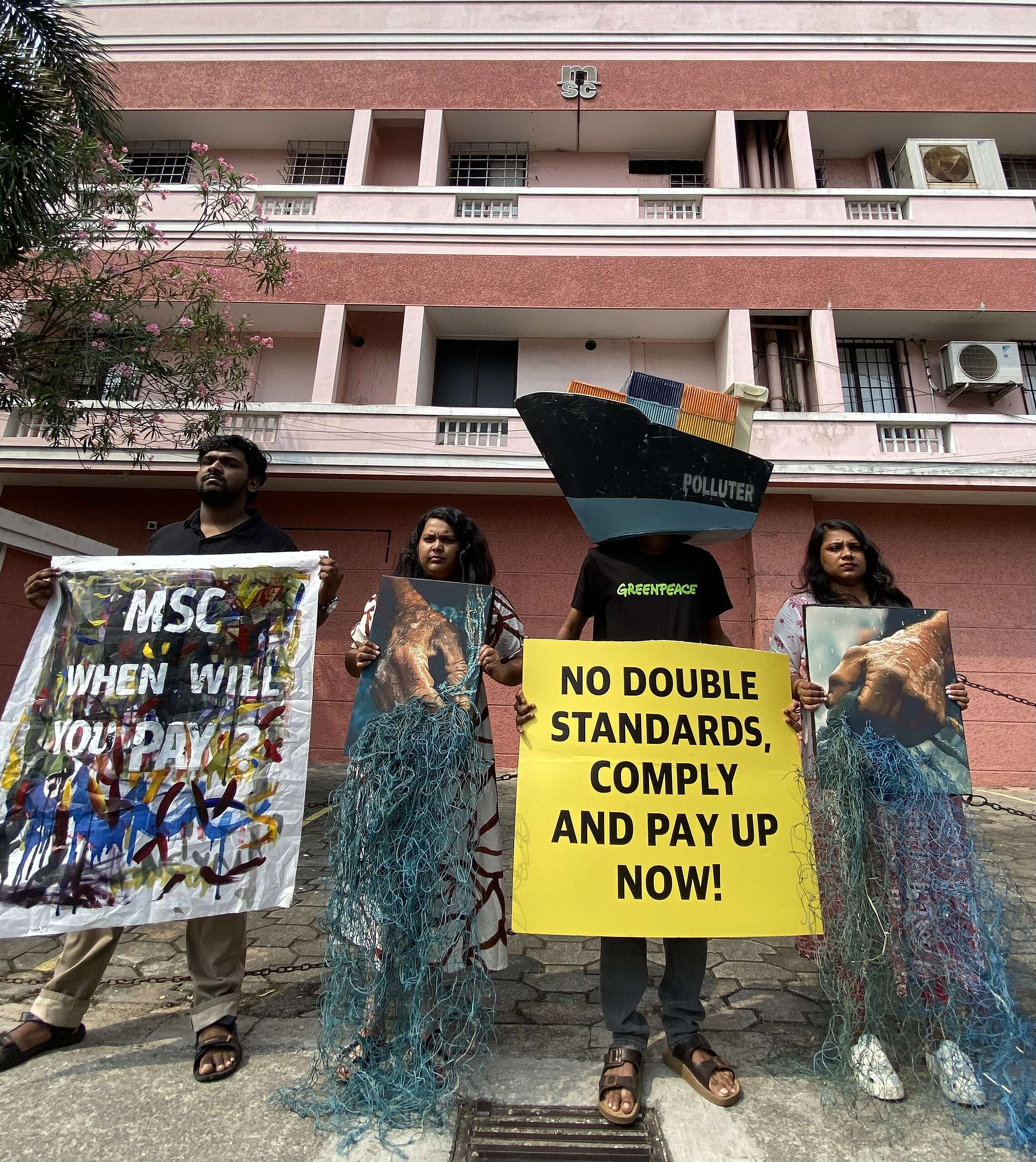
Cannes is often seen as the ultimate celebration of cinema, couture, and celebrity culture. A red carpet lined with flashing cameras, designer labels, and whispers of what everyone’s wearing. But what happens when the carpet isn’t just walked… it’s used?
This year, Greenpeace India and Greenpeace South Asia partnered with two bold Indian women, Juhi Vyas and Mohini Sharma, to step into that spotlight not just in style, but in solidarity. Their appearance at the Cannes Film Festival 2025 was more than a fashion moment. It was a statement — about climate justice, heatwaves, plastic pollution, and the urgent need to protect our oceans by ratifying the Global Oceans Treaty.
They weren’t there as celebrities.
They showed up as public advocates.
Visibility Is Power, and We Used It
Cannes draws one of the most concentrated global audiences in the world. From pop culture followers to journalists, from influencers to the international film industry, all eyes are on that red carpet.
And in today’s fast-scrolling, fast-forgetting world, attention is one of the most valuable currencies. At Greenpeace, we believe in using that spotlight not just to be seen, but to say something that matters.
This wasn’t a PR stunt. It was a strategic shift in how we show up in cultural spaces. The red carpet may not traditionally belong to activists, but it absolutely influences public discourse. So why shouldn’t it carry messages about the climate crisis?
Fashion as Protest, Presence as Purpose
We didn’t choose Juhi and Mohini because they were influencers. We partnered with them because they are visible voices with values, women willing to share their platforms for something bigger than themselves.In a world where so many chase personal spotlight, only true beauties don’t mind sharing it, especially with something that urgently needs attention.
“As a mother, I feel a deep responsibility to protect the planet for future generations,” said Juhi. “This gown represents heatwaves, rising temperatures, and the people who suffer silently. I chose to wear the crisis, because too many live it every day.”

“My gown reflects the oceans, serene on the surface, but struggling beneath,” said Mohini. “From melting glaciers to choking marine life, the crisis is real. I’m here because oceans need guardians, not greed.”

This is not about leveraging celebrity for virality. This is about reaching audiences who might never open a Greenpeace report, but who will stop scrolling when someone they admire wears a message instead of a brand.
They’re a reminder that activism can be elegant, and that advocacy doesn’t always wear a protest sign — sometimes it wears a gown with purpose. And it’s about meeting people where they are, in reels, in fashion headlines, in global pop culture moments, and bringing our movement with us.
Changing the Conversation, Together
In a world overloaded with information and indifference, we have to find innovative ways to reach critical mass — to make people pause, care, and eventually act. Because when people join a movement, public discourse shifts. Policy follows culture. Culture responds to visibility.
Celebrities and influencers have a unique responsibility. Not because they’re perfect, but because they’re seen. And what is seen, shapes what is believed. When they use their platforms for something bigger, it plants seeds in millions of minds. It signals that issues like climate and ocean protection aren’t fringe, they’re central.
This collaboration is just one small step. But it’s also a bold signal that movements like ours are willing to evolve. That we are no longer waiting for attention. We’re walking into it, with purpose.
The Future of Advocacy Is Cultural
We believe this is the beginning of a new kind of campaigning, where art, fashion, music, and culture don’t sit on the sidelines of activism, but amplify it.
Because when the Earth is burning and the oceans are rising, we don’t just need scientists and policy experts.
We need storytellers.
We need cultural voices.
We need everyone.
And yes, we need them on the red carpet too.

Author
Gayani Chathurika is a communications professional working at the intersection of storytelling, public engagement, and climate advocacy. She currently serves as the Deputy Program Director for Engagement at Greenpeace South Asia.



